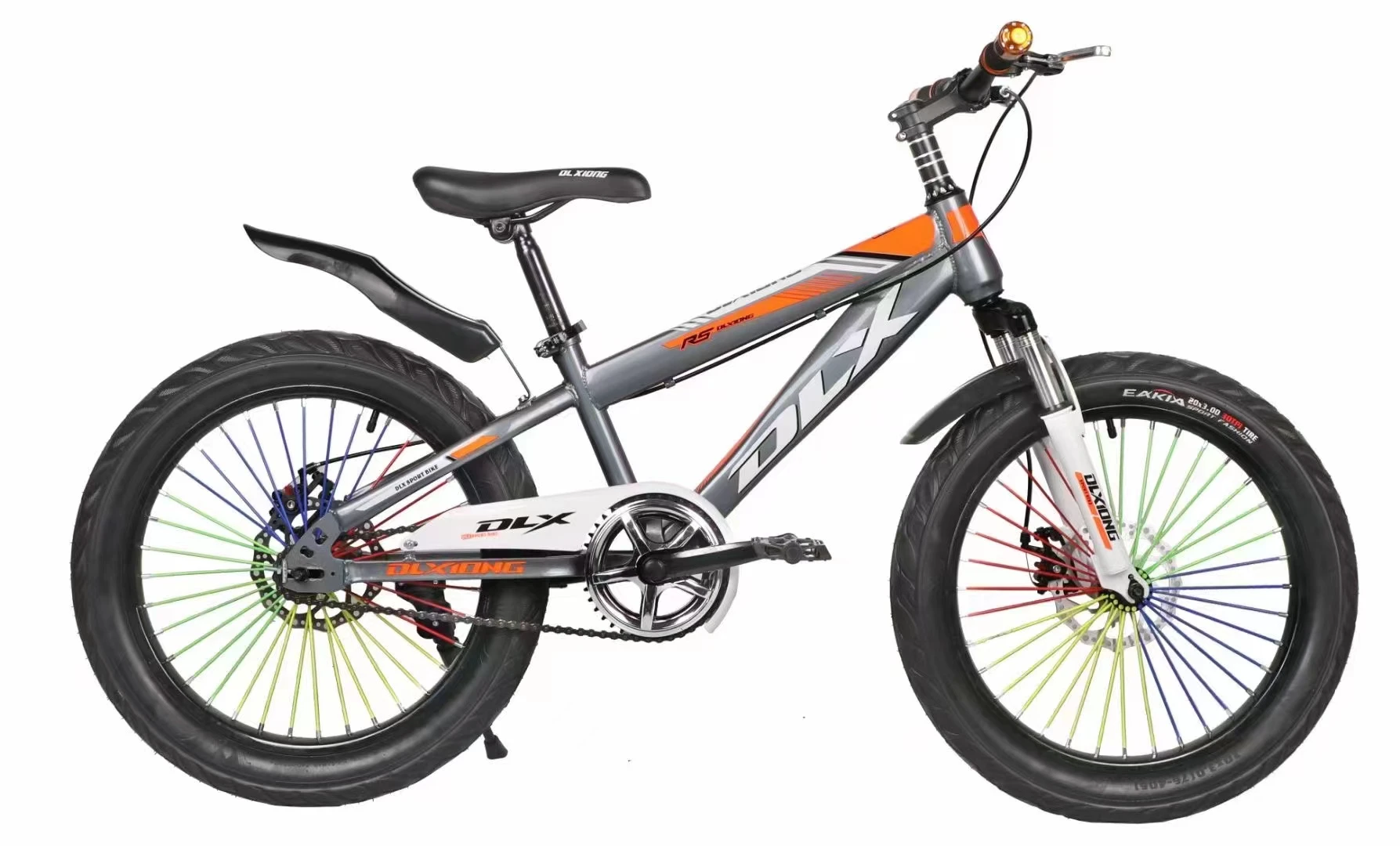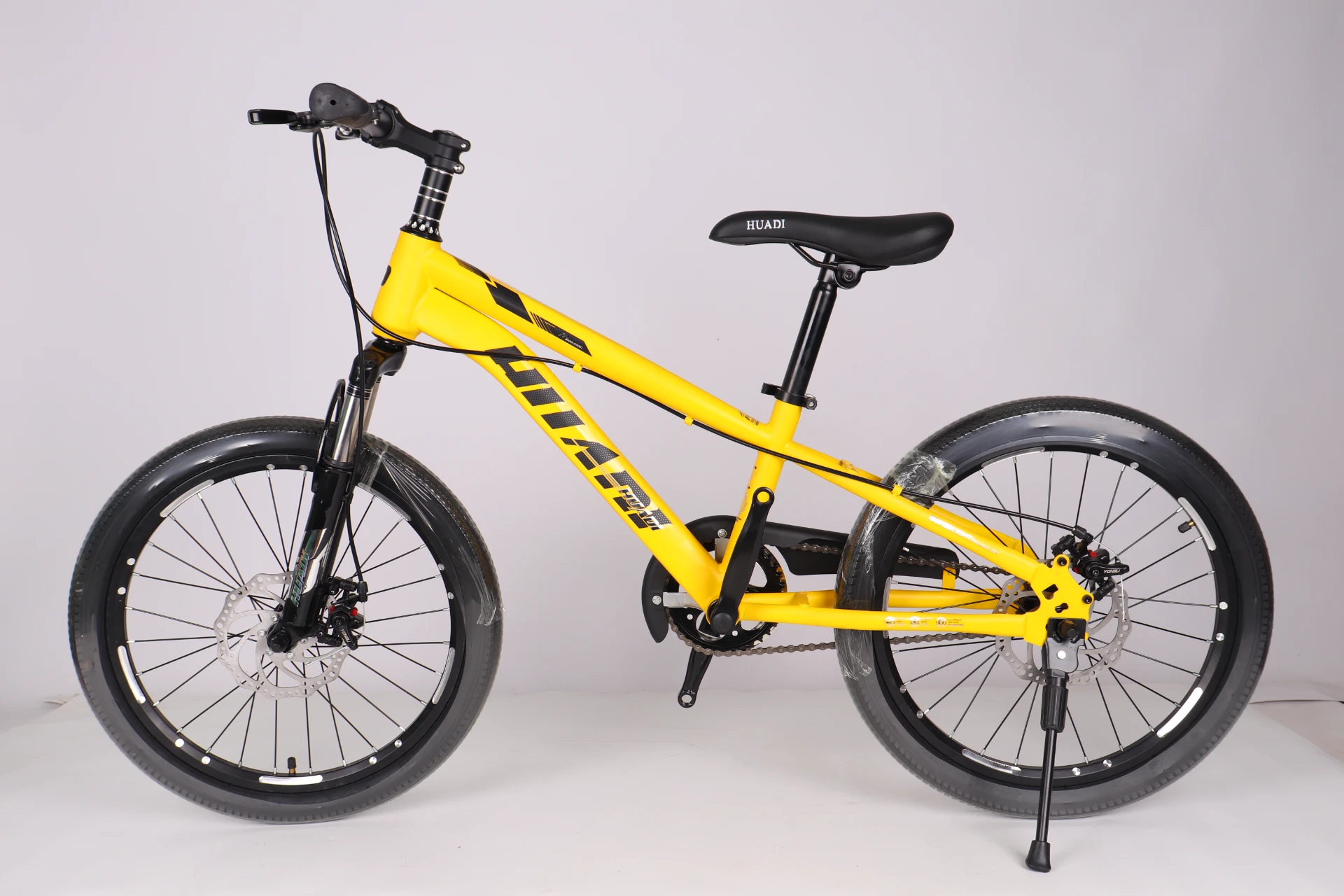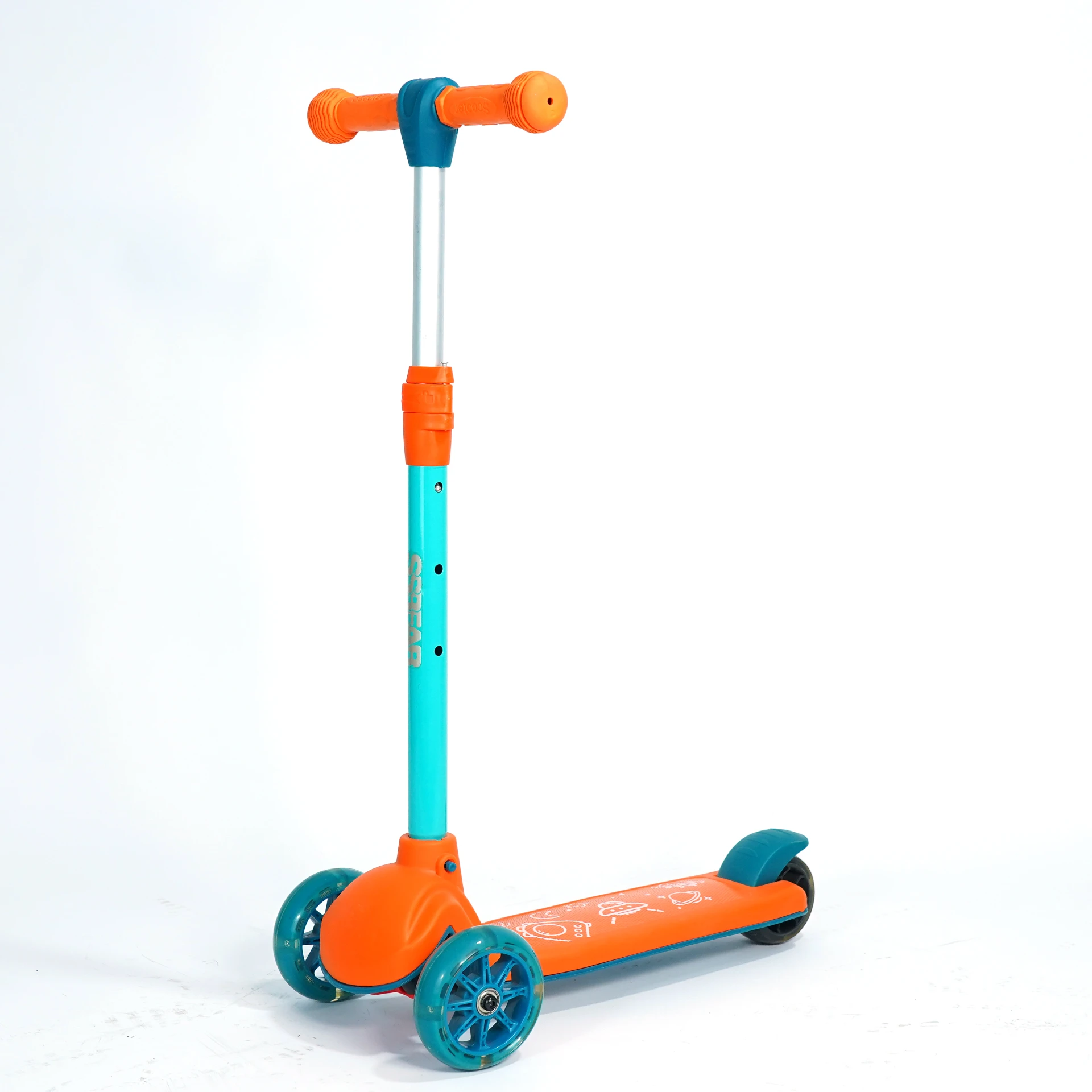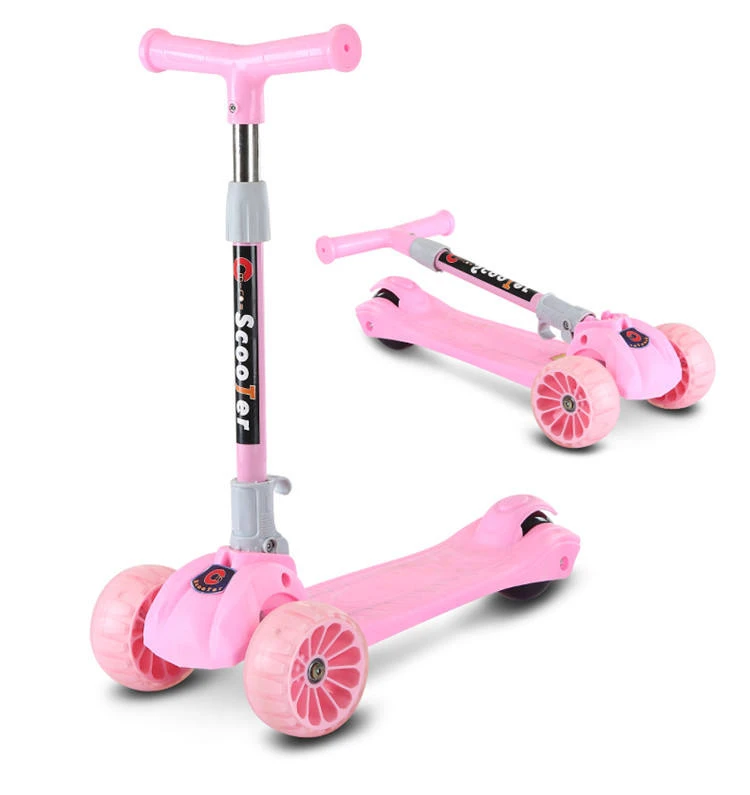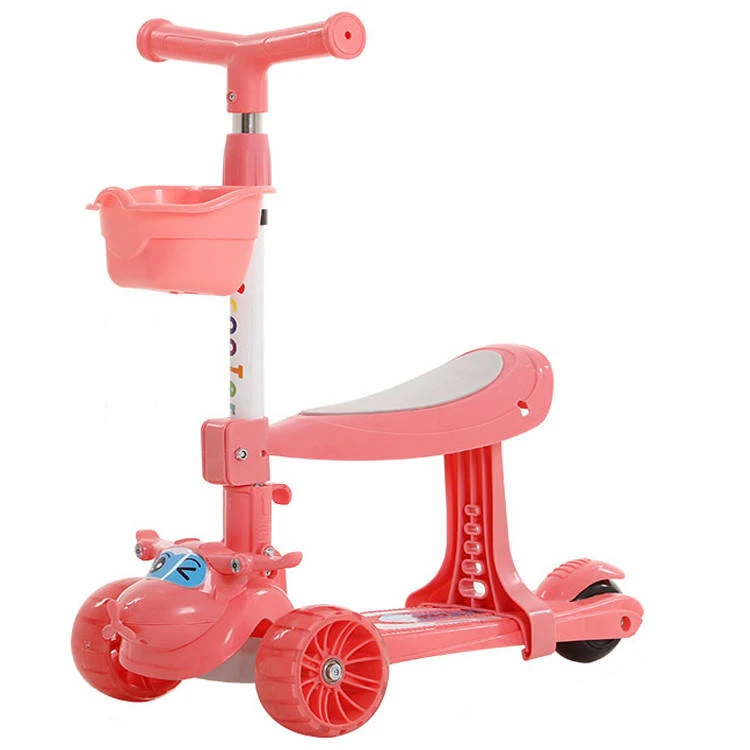types of mountain bike
The Different Types of Mountain Bikes A Comprehensive Guide
Mountain biking is an exhilarating sport that allows enthusiasts to explore rugged terrains, enjoy the great outdoors, and challenge their biking skills. However, with a myriad of mountain bike types available on the market, it can be overwhelming for new riders to determine which one suits their needs best. In this article, we will delve into the primary types of mountain bikes, outlining their features, advantages, and ideal uses to help you make an informed decision.
1. Cross-Country (XC) Bikes
Cross-country bikes are designed for efficiency and speed on smooth trails and are perfect for those who enjoy racing or long rides across varied terrains. They typically feature a lightweight frame, narrow tires, and a geometry that promotes an upright riding position, which allows for excellent power transfer to the pedals. XC bikes often come with a front suspension (hardtail) or with dual suspension (full-suspension) for improved comfort on rougher paths. These bikes excel in climbing steep hills and maintaining speed over long distances, making them ideal for endurance riders.
2. Trail Bikes
Trail bikes are built to handle a wide variety of terrain, making them extremely versatile for recreational riders. They are slightly heavier than cross-country bikes but feature a more robust suspension system to absorb bumps and descents. With a moderate amount of suspension travel (typically between 120mm to 150mm), trail bikes strike a balance between climbing efficiency and descending capability. This category is perfect for riders who venture into mixed terrain, such as technical trails, forest paths, and even some downhill sections. The geometry of trail bikes also allows for a more aggressive riding style, perfect for those looking to tackle challenging trails.
3. All-Mountain (Enduro) Bikes
All-mountain bikes, often referred to as enduro bikes, are designed for both climbing and descending challenging terrains. With a suspension travel range between 150mm to 180mm, these bikes are built to handle rough and steep descents while still being capable of tackling climbs. The geometry of all-mountain bikes tends to be slacker than trail bikes, offering greater stability at high speeds and when navigating rocky trails. This makes them the go-to choice for riders who participate in enduro racing or for those who love to go downhill but also want to enjoy the uphill segments without too much sacrifice in efficiency.
types of mountain bike

4. Downhill Bikes
As the name suggests, downhill bikes are built specifically for descending steep, technical terrain at high speeds. They feature long travel suspensions (ranging from 180mm to over 200mm) that absorb large drops and rough impacts, along with a lower center of gravity for enhanced stability. Downhill bikes are typically heavier and are not designed for climbing, as they excel on gravity-fed trails. Riders often use chairlifts to access downhill runs, making these bikes best suited for downhill parks or race tracks. The aggressive geometry and larger tires make them ideal for tackling steep drops and rocky terrains.
5. Fat Bikes
Fat bikes have increasingly gained popularity due to their unique design that accommodates oversized tires. These tires provide exceptional grip and stability, making fat bikes perfect for riding on soft surfaces like sand, snow, and mud. They usually come with a rigid or a limited suspension fork and are designed to float over obstacles that would be challenging for standard mountain bikes. Fat bikes are a great choice for riders who seek adventure in diverse conditions and want to extend their riding season into snowy terrains.
6. Electric Mountain Bikes (e-MTB)
The rise of electric mountain bikes, or e-MTBs, has revolutionized mountain biking for many riders. These bikes come equipped with an electric motor that assists with pedaling, making it easier to climb hills and ride longer distances. E-MTBs are available in various styles, including cross-country and trail, offering the same features as traditional bikes but with the added benefit of motorized assistance. They are excellent for those who may want to tackle challenging trails but need a little help along the way.
Conclusion
Choosing the right mountain bike largely depends on your riding style, terrain preferences, and overall biking goals. Whether you're looking for speed, versatility, or downhill thrills, there's a mountain bike type that fits your needs. Understanding the differences between cross-country, trail, all-mountain, downhill, fat bikes, and e-MTBs can help you make an informed choice. Whichever you choose, the most important thing is to enjoy the ride and the beautiful landscapes that come with it!
-
Three-Wheel Light-Up Scooter Benefits for KidsNewsJul.11,2025
-
The Importance of Helmet Safety When Using a Kids ScooterNewsJul.11,2025
-
Nurturing Early Mobility with an Infant ScooterNewsJul.11,2025
-
How to Choose the Safest Tricycle for KidsNewsJul.11,2025
-
Fixing a Squeaky Baby Push Tricycle in MinutesNewsJul.11,2025
-
Cleaning and Maintaining a Tricycle for Big KidNewsJul.11,2025
-
Unleash Fun and Safety with Our Premium Kids Scooter CollectionNewsJun.06,2025


